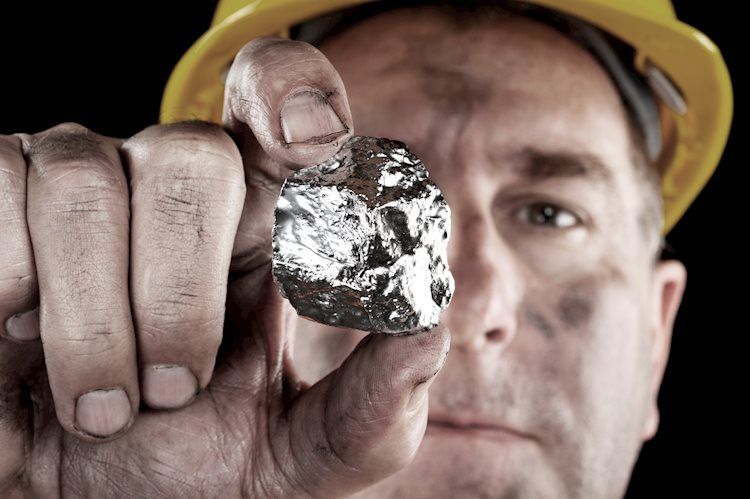Silver prices have surged to nearly $29.30 in anticipation of Federal Reserve Chair Jerome Powell’s speech at the Jackson Hole Symposium. Investors are eagerly awaiting fresh cues on interest rates and the economic outlook that Powell is expected to provide. The rise in Silver prices is also attributed to declining US bond yields, as expectations grow for a dovish guidance on interest rates from Powell.
Lower yields on interest-bearing assets, like bonds, have resulted in reduced opportunity costs for holding non-yielding assets like Silver. The US Dollar Index has rebounded to around 101.50 after initially facing intraday losses. Market participants are hopeful for a dovish guidance from Powell but seek more clarity on the potential size of interest rate cuts in September. The CME FedWatch tool shows a 28.5% probability of a 50 basis points cut, with the rest leaning towards a 25-bps reduction.
Concerns about a potential US recession arose after the July Nonfarm Payrolls report indicated a slowdown in labor demand and an increase in the Unemployment Rate to 4.3%. Investors will be looking at Powell’s speech for insights on whether the chances of a ‘soft landing’ are still intact. Silver prices, after a break above the $29.20 level, are now moving sideways with support near the 200-period EMA at $28.77. The RSI suggests a conclusion of bullish momentum but the overall bias remains positive.
Silver is a precious metal with a long history of being used as a store of value and medium of exchange. While not as popular as Gold, investors may turn to Silver for diversification, intrinsic value, or as a hedge during inflationary periods. The metal can be bought physically in the form of coins or bars, or traded through vehicles like Exchange Traded Funds that track its price on global markets.
Various factors can influence Silver prices, including geopolitical instability, economic conditions, interest rates, and the behavior of the US Dollar. Its value may rise during times of uncertainty or low interest rates, and is closely tied to the performance of the USD. Industrial demand, particularly in electronics and solar energy sectors, also impacts Silver prices. The dynamics of major economies like the US, China, and India play a role in price fluctuations as well.
Silver prices often move in tandem with Gold, as both are seen as safe-haven assets. The Gold/Silver ratio can help investors evaluate the relative valuation between the two metals, with a high ratio suggesting undervaluation of Silver or overvaluation of Gold, and vice versa. Ultimately, Silver prices are influenced by a combination of factors including industrial demand, investment trends, and global economic conditions.











